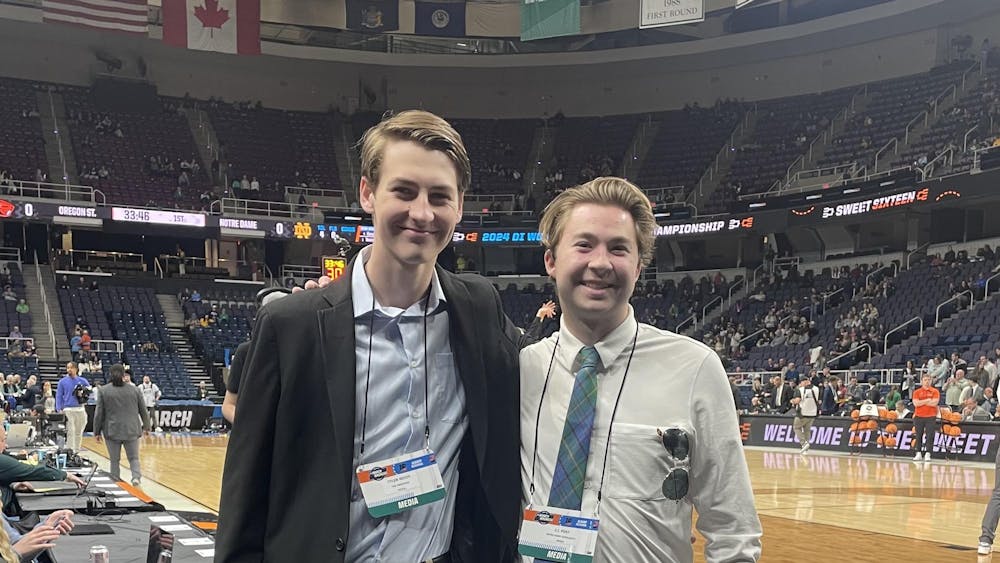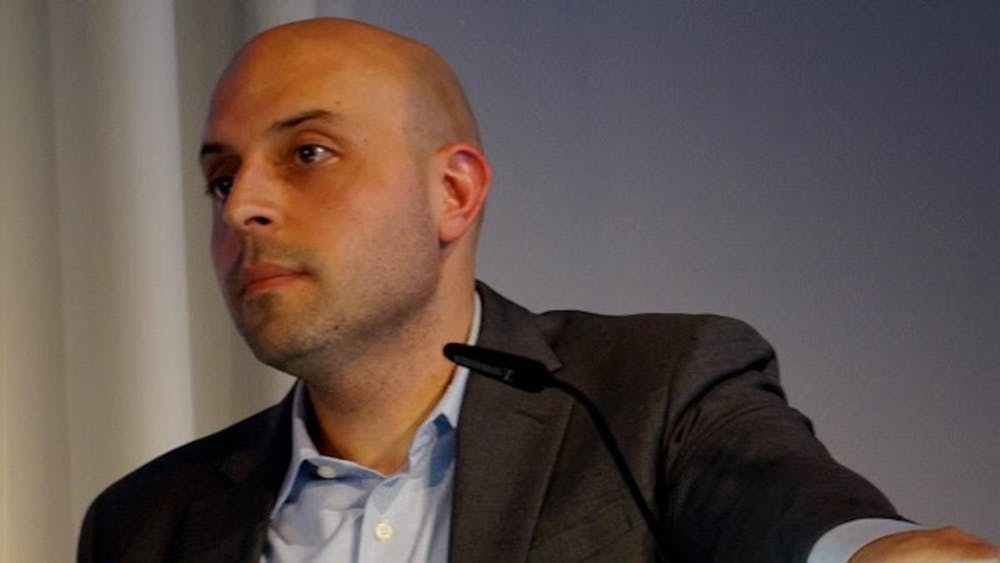Investigating theft and other irregularities in corporations often starts with an analytical device known as the fraud triangle. This method examines three classic elements of criminal activity: opportunity, pressure/motivation and rationalization. Corporations typically claim that opportunity is the element over which they have the most control. Accordingly, companies focus on limiting opportunities for crime with measures like heightened security.
Businesses often assume pressure and motivation are beyond their control and characterize financial pressures, such as high medical bills, as personal matters. Individual rationalizations may include a bonus that was expected but not received or payback for a poor work environment. In fact, the focus on aggressive short-term earnings targets may create the very pressure that could drive people to consider criminal options.
Companies that operate under realistic market conditions, emphasizing sustainable growth and employee well-being, reduce pressures that skew behavior towards crime. Competent and trusted companies apply lessons learned to detect illegal behaviors, shut them down in their early stages and implement additional controls and structural changes to limit further damage.
The pedophile priest scandals, as detailed in the Boston Globe’s “Spotlight” investigation, and the recent grand jury report on the Diocese of Altoona-Johnstown, illustrate extreme examples of the fraud triangle run amok. In the Altoona-Johnstown cases, more than 50 priests and other Church employees molested hundreds of children over four decades in the central Pennsylvania diocese. In many cases, their superiors knew of the abuses but did not remove the priests or notify law enforcement.
If we analyze the crimes occurring here on at least two levels, then perhaps we can put ongoing processes in place to make sure this cannot occur again, at least not on such a rampant scale. With respect to individual priests and employees, the pressure or motivation to commit crimes against children is of a personal nature, but it may be aggravated by factors unique to these actors. Celibacy and sexual development truncated by entry into a seminary may contribute to an individual treating sex with a minor as acceptable behavior, but much more institutional input is likely involved.
In his differential association theory, criminologist Edwin Sutherland suggested that except for rare circumstances, criminals are not born. People learn criminal behavior from others through communication and example. Sutherland found that people learn criminal behavior in intimate personal groups and this education includes techniques of committing the crime and motives, drives, rationalizations and attitudes that support the crime. Can the very structure of clerical training and the Church hierarchy’s response to crimes against children actually work toward nurturing criminal behavior?
Terminology is critical in assessing the Church’s role in this matter. Sexual contact with children, from fondling to rape, are criminal actions and not solely “sins” (though they indeed are sins, of the most grievous and mortal type). The proper response is to handle these events as crimes and not assume recourse to the confessional and shuttling the offenders to new parishes with fresh victims offers anything except incentive for the next offender. Once Church officials know of an alleged crime, any response short of reporting the event to the proper law enforcement authorities may also constitute a criminal action.
In investigations of corporate crimes, special emphasis is given to high-ranking executives, characterized as politically exposed persons (PEPs), individuals with prominent public functions often seen as the “face” of an organization. PEPs generally present higher risk for involvement in corruption based on the nature of their positions and potential influence. Similarly, the pedophile priest cannot move himself from parish to parish, but the facilitator of such actions likely sits in a chair of high authority.
In the Altoona-Johnstown cases, Bishop Joseph Adamec, former leader of the diocese, learned of allegations against one serial pedophile in 2009, but Adamec and his successor, Bishop Mark L. Bartchak, kept the perpetrator on as a pastor until shortly before his arrest in 2014. They followed the tradition of Bishop James Hogan, who from 1966 to 1986 repeatedly persuaded police and prosecutors to drop criminal cases against priests, failed to discipline abusers and relocated predatory priests where they could molest again.
Last year, Pope Francis called for the creation of a tribunal to judge bishops accused of negligence, but the Vatican has yet to act on this. Recently, the pope said bishops who kept abusive priests in ministry should resign. While we applaud the Pope’s focus in going after the PEPs who place public relations wins above the well-being of their flocks, much more needs to be done on an ongoing basis to identify criminals who prey on children and subject them to the judicial system.
With respect to restitution, legislation has been stuck for years in committee in the Pennsylvania legislature to abolish the statute of limitations in civil cases involving child abuse, and a proposed bill would create a special, two-year window allowing past victims to sue the Church. Ultimately, federal legislation may be required to permit compensation for victims facing a patchwork of state laws.
These court and legislative actions may cast a harsh light on Church hierarchy and increase scrutiny of clerical training and the effects of celibacy on the all-male priesthood. Honest assessment of any institution whose goal it is to protect those entrusted to its care should be welcomed as a requirement for continued existence. When pressure to maintain reputation becomes the overarching rationalization and motivation for official actions, all that remains is opportunity for criminal behavior to be hidden or excused.













